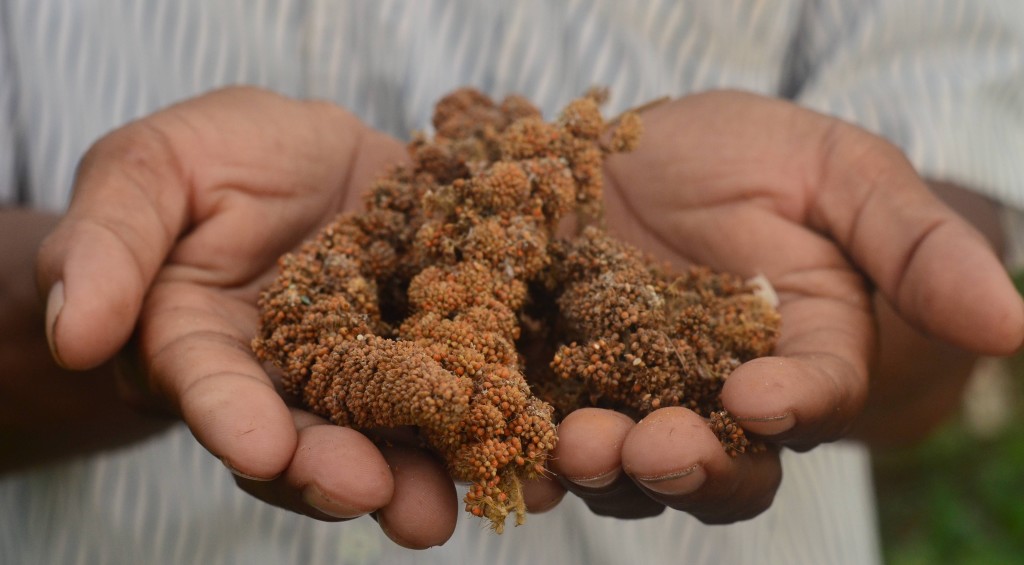
Since millets are hardy, locally-adapted plants that can grow under tough conditions, they are recognised as a macroclimate adaptive food source. During the first Mei-Ramew Festival in 2010, millets were acknowledged as climate-smart food by the local communities. The outcome of this was a decision to network millet growers in Meghalaya and connect them to other millet-growers networks in the North-East as well as the rest of the country. A millet network is currently expanding in several districts of Meghalaya and is involved in reviving and promoting millets as climate-smart, nutritive food. Millet producers from 12 villages of East Khasi hills have been connected to one another out of which 10 communities/villages in Khatarshnong (East Khasi hills area) are actively involved in reviving millet. Three villages in Garo hills that are millet producers have been brought under the NESFAS umbrella.
In Nagaland, NESFAS is partnering with the North East Network (NEN). A thorough study has been conducted by NEN in Nagaland on the nutritional value of millet that shows a significant amount of iron and other minerals that are much lower and sometimes deficient in other staples such as rice. NEN also sent ten of its members to the 2012 Mei Ram-ew Food Festival in Mawphlang. A network with 3 partners in Nagaland has been established.
Related Articles:

Hi,
I am Jimsi Tassar from Arunachal Pradesh, and was a delegate to ITM 2015.
I am very keen to connect with the Millet Network with NESFAS and NEN.
Please let me know how do we keep connected and what are the ways to take this forward.
Millet is widely grown in Arunachal, and we would like to get millet recognized as the indigenous crop and include it into the Public Distribution System or create a Local distribution system for millet, so as small scale farmers could be involved in production and distribution of the same.
Please let me know on any good working model on the similar lines.
thank you.
Jimsi
I would also want to share my view on Millet production by our Wancho community that we have plenty of millets in our house but due to networking problem we are unable to sells our products. The facts is that Millet is our Wancho traditional food products,, and it is our coustam. We make local Bear from Millet and we use as our food.